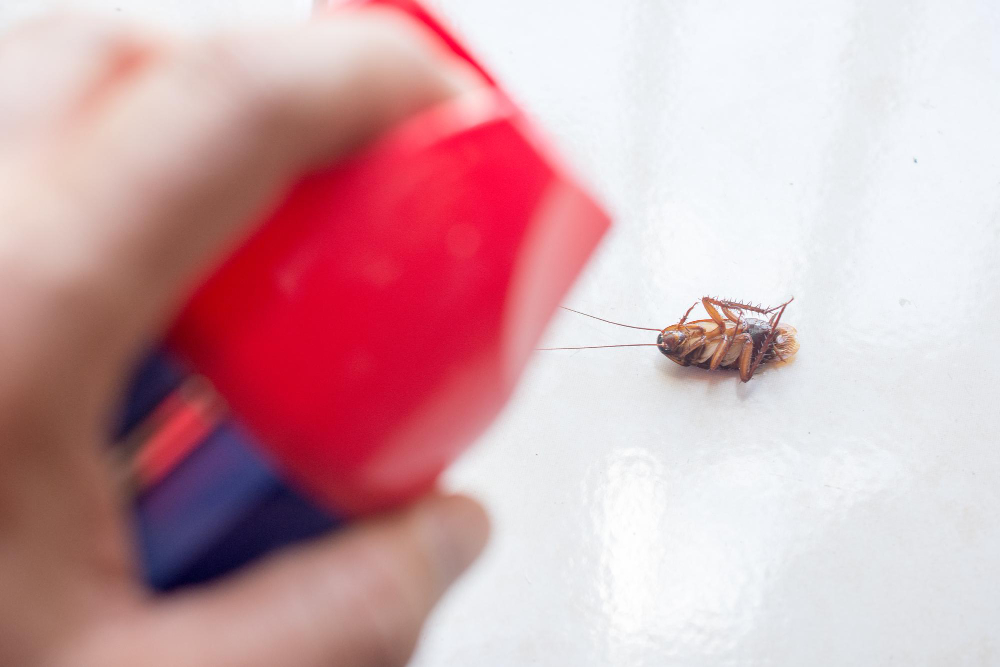Cross contamination occurs when harmful bacteria or other microorganisms are transferred from one surface or food to another, potentially leading to foodborne illness. In food handling settings, such as restaurants, cafeterias, and food production facilities, preventing cross contamination is essential for ensuring the safety and quality of food products. Ready-to-eat foods, which are consumed without further cooking, are particularly susceptible to contamination and require special precautions to prevent the spread of pathogens. By understanding the risks and consequences of cross contamination, food workers can take proactive measures to protect consumers and uphold food safety standards.
Maintaining Segregation
One of the most effective ways to prevent cross contamination with ready-to-eat foods is to use separate equipment and utensils for handling raw and cooked foods. Designate specific cutting boards, knives, utensils, and preparation areas for ready-to-eat foods to avoid contact with raw meat, poultry, seafood, and eggs. Color-coded equipment and utensils can help visually distinguish between different types of foods and prevent accidental mixing. By maintaining segregation between raw and ready-to-eat foods, food workers can minimize the risk of cross contamination and ensure the safety of food products.
Keeping Hands Clean
Hand hygiene is critical for preventing cross contamination in food handling environments. Food workers should wash their hands thoroughly with soap and water before and after handling ready-to-eat foods, as well as after using the restroom, touching their face, handling money, or performing other tasks that may contaminate their hands. Proper handwashing techniques, including lathering soap, scrubbing all surfaces of the hands and wrists, rinsing thoroughly, and drying with a clean towel or air dryer, should be followed to remove harmful bacteria and prevent their spread to food products.
Adding an Extra Layer of Protection
In addition to proper hand hygiene, food workers should use personal protective equipment (PPE) to prevent cross contamination with ready-to-eat foods. This may include gloves, aprons, hairnets, and beard covers, which can help reduce the risk of contamination from skin, hair, and other sources. PPE should be worn correctly and changed frequently to maintain cleanliness and prevent the transfer of pathogens to food products. By wearing appropriate PPE, food workers can add an extra layer of protection and minimize the risk of cross contamination in the workplace.
Following Guidelines and Protocols
Following safe food handling procedures is essential for preventing cross contamination with ready-to-eat foods. Food workers should adhere to established guidelines and protocols for receiving, storing, preparing, cooking, and serving food products to minimize the risk of contamination at each stage of the process. This may include maintaining proper temperatures, avoiding cross-contact between raw and cooked foods, and practicing good sanitation practices to keep surfaces and equipment clean and free of pathogens. By following best practices for food safety, food workers can reduce the likelihood of cross contamination and protect public health.
Maintaining a Hygienic Environment
Regular cleaning and sanitizing of equipment, utensils, surfaces, and work areas are essential for preventing cross contamination in food handling settings. Food workers should use approved cleaning agents and sanitizers to remove dirt, grease, and food residues from surfaces and equipment, followed by a thorough sanitizing step to kill harmful bacteria and other pathogens. Pay special attention to high-touch surfaces, such as countertops, cutting boards, and food contact surfaces, and clean them frequently to prevent the spread of contamination. By implementing rigorous cleaning and sanitizing protocols, food workers can maintain a hygienic environment and reduce the risk of cross contamination.
Ensuring Food Safety Through Vigilance and Care
In conclusion, preventing cross contamination with ready-to-eat foods requires vigilance, care, and attention to detail on the part of food workers. By using separate equipment and utensils, practicing proper hand hygiene, wearing personal protective equipment, following safe food handling procedures, and implementing cleaning and sanitizing protocols, food workers can minimize the risk of contamination and ensure the safety and quality of food products. By prioritizing food safety and adhering to best practices, food workers play a vital role in protecting public health and upholding food safety standards in the food service industry.



